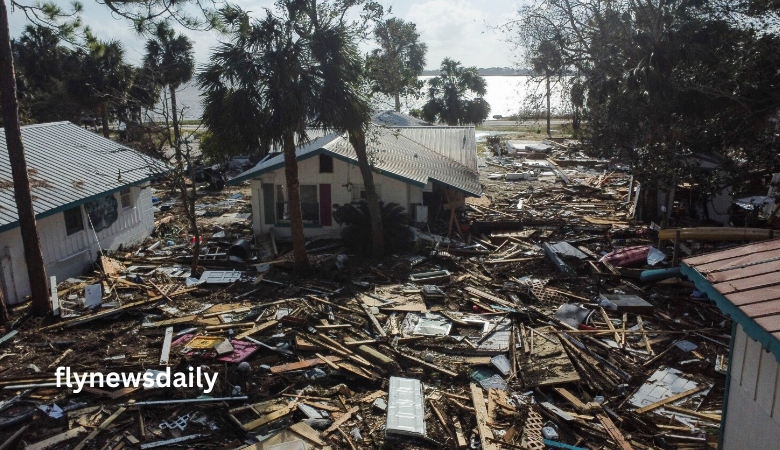
1. Introduction
Hurricane Helene is remembered as one of the most destructive natural disasters in recent history. Its deadly path claimed 90 lives, shattered entire communities, and left an indelible mark on all who lived through it. This article dives deep into the timeline of Hurricane Helene, the devastation it left in its wake, and the efforts to recover and rebuild.
1.1 Overview of Hurricane Helene’s Impact
In September of [year], Hurricane Helene tore through several regions, particularly devastating the coastal areas. What started as a tropical depression quickly escalated into a catastrophic Category 4 hurricane, leaving a path of destruction that shocked the world. The storm’s intensity, amplified by climate change, caught many by surprise, leading to loss of life, homes, and livelihoods.
1.2 Historical Significance of Hurricane Helene
Hurricane Helene’s impact was not just physical but also historical. It stands as a grim reminder of nature’s fury and humanity’s vulnerability to extreme weather events. The lessons learned from Helene have since influenced disaster preparedness and response strategies worldwide, prompting discussions about climate change and its role in intensifying storms.
2. Timeline of Hurricane Helene
2.1 Formation and Initial Development
Hurricane Helene began as a tropical depression in the eastern Atlantic. Favorable conditions allowed it to gain strength rapidly, and within days, it was classified as a tropical storm. Meteorologists closely monitored its growth, predicting a potential increase in severity.
2.2 Evolution into a Category 4 Hurricane
Helene’s transformation into a Category 4 hurricane was sudden and alarming. Strong winds, warm ocean waters, and low wind shear contributed to its rapid intensification. By the time it neared land, Helene had wind speeds exceeding 130 mph, making it one of the most powerful hurricanes of the season.
2.3 Impact on Coastal Areas
As Helene approached the coast, residents were urged to evacuate. Those who stayed behind faced the full force of the hurricane, with torrential rains, storm surges, and winds that uprooted trees and destroyed buildings. Coastal towns bore the brunt of the storm, suffering the most significant damage.
2.4 Peak Devastation and Landfall
Helene made landfall on the coast, causing immediate and widespread destruction. The storm surge flooded homes, and power outages left many in darkness. Emergency services struggled to reach the hardest-hit areas, as roads were washed out and communication lines were down.
3. The Aftermath: Communities in Crisis
3.1 Death Toll and Injuries
The most heart-wrenching aspect of Hurricane Helene was the loss of life. Ninety people tragically lost their lives, with many more injured. The death toll continued to rise in the days following the storm as rescue operations uncovered more victims.
3.2 Property Damage and Loss
Thousands of homes were either damaged or completely destroyed. Entire neighborhoods were reduced to rubble, with families losing everything they had. The cost of rebuilding was estimated in the billions, as insurance companies struggled to keep up with the claims.
3.3 Displacement and Homelessness
The storm displaced tens of thousands of people. Makeshift shelters were set up, but many faced overcrowding and unsanitary conditions. It became clear that the region would take years, if not decades, to fully recover from Helene’s devastation.
3.4 The Emotional and Psychological Toll on Survivors
Beyond the physical damage, the emotional impact on survivors was profound. The trauma of losing loved ones, homes, and livelihoods left many struggling to cope. Mental health professionals were brought in to provide counseling and support to those affected by the hurricane.



